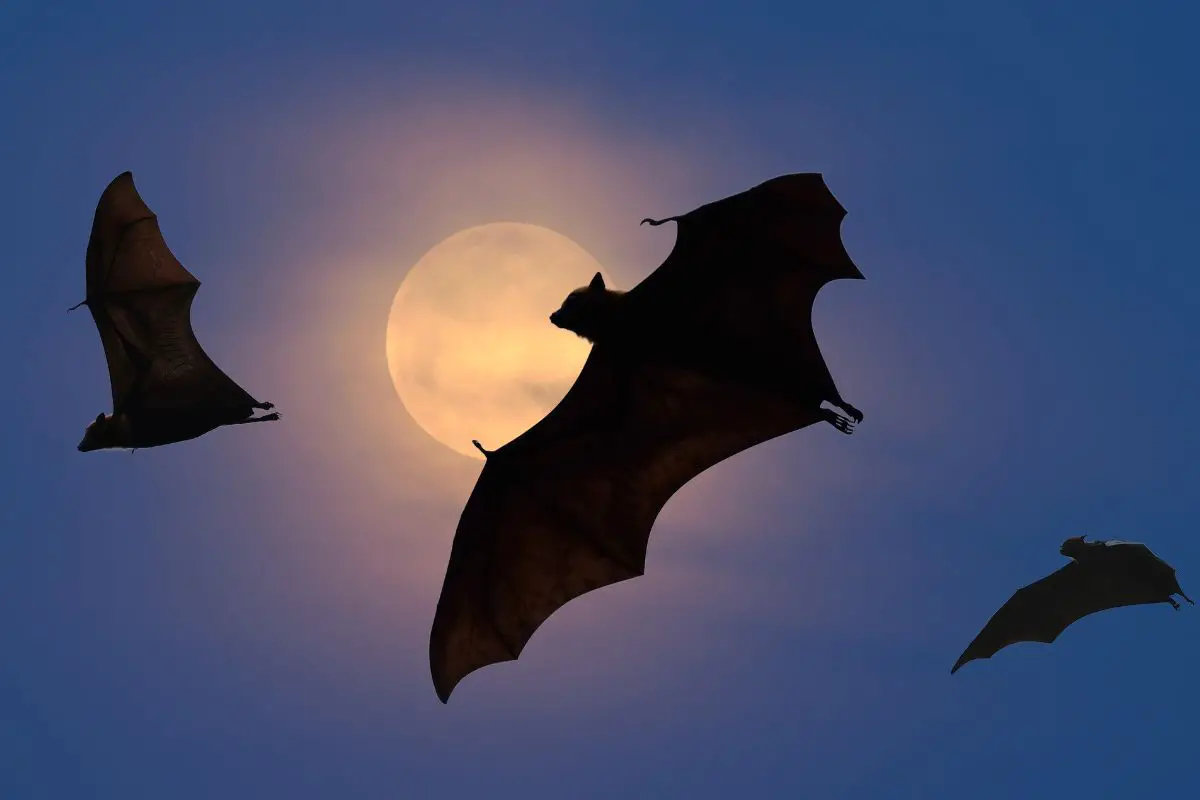Bats have all the characteristics of mammals: hair/fur, warm-blooded, mammary glands (females), and a four-chambered heart. What makes them different from other mammals is their ability to fly like birds. While several mammals appear to fly by “gliding” from one tree to another, bats can sustain themselves in flight.
Microbats
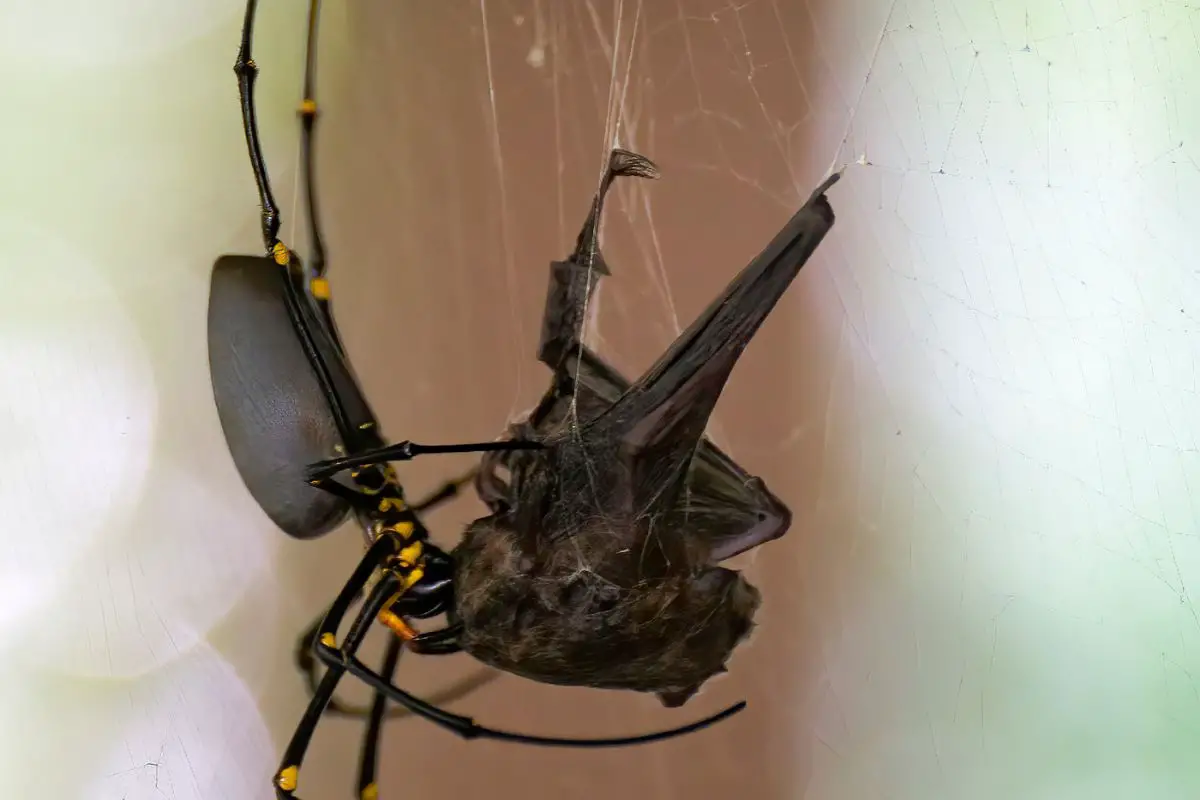
Nearly 75 percent of all bats are microbats. They are insectivores that feast on nocturnal insects such as moths, mosquitoes, crickets, and spiders. Although vampire bats prefer to consume livestock blood over insects, they are also considered a type of microbat.
Microbats use sound waves (echolocation) to maneuver safely after dark. Microbats emit high-pitched sounds that bounce off objects. This “echo” tells microbats the size and location of trees, insects, and other objects.
Other characteristics of microbats include:
- Small size (two inches to six inches long)
- Ability to reduce metabolism and hibernate in cold weather
- Found on all continents except Antarctica
- Capable of eating over 1000 insects per hour
- Most microbats have at least 35 teeth. Vampire bats have around 20 teeth.
Megabats
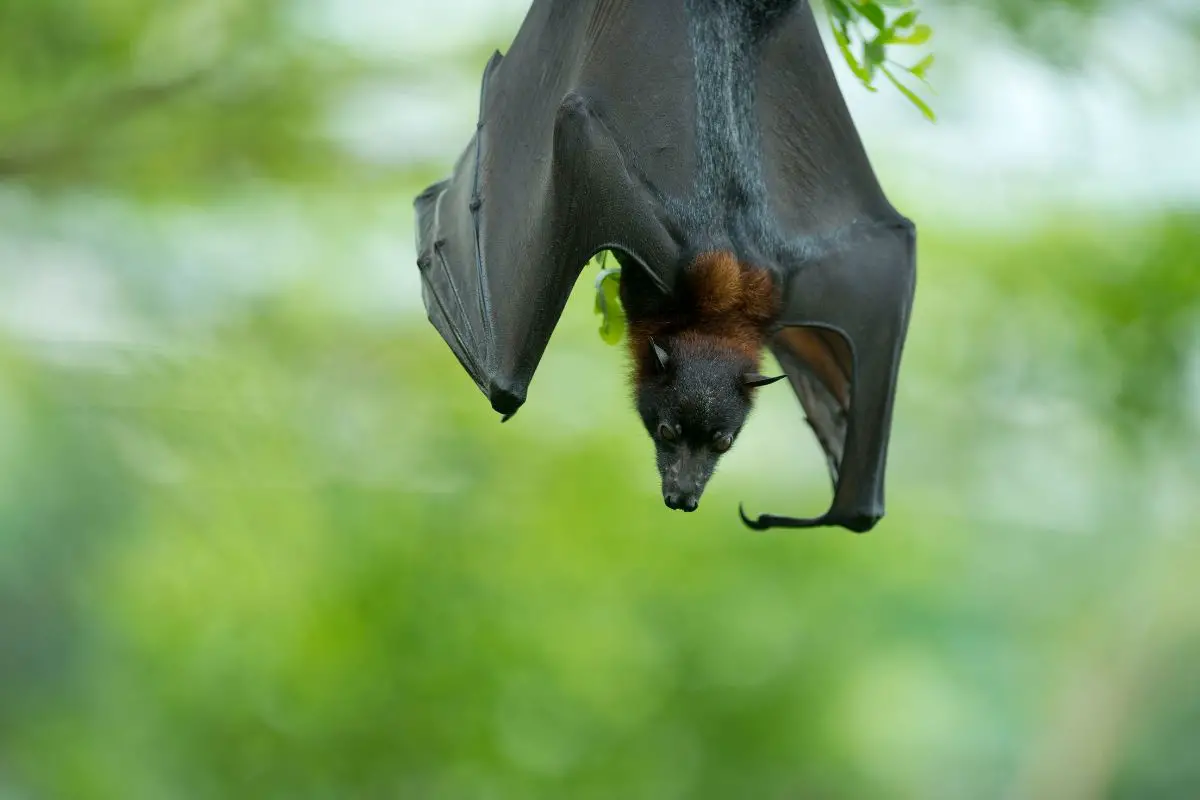
Megabats (fruitbats) are only found in tropical regions where they eat nectar, pollen, and fruit. Noticeably larger than microbats, megabats do not use echolocation to find food and places to roost. Instead, they rely on their eyesight and olfactory abilities, which are much stronger than those of microbats, to navigate their environment.
Found in Old World tropical areas, Oceania, and several Indian Ocean islands, megabats are known reservoirs of the Ebola and Marburg viruses, two infectious diseases with a fatality rate of 90 percent. Humans may become infected with either virus if they come in contact with the blood or feces (guano) of an infected megabat. The largest megabat in existence is the great flying fox, a megabat weighing up to four or five pounds and reaching 60 inches in length (from wingtip to wingtip).
Their facial features have given them the nickname “dog-faced bats” because of their long noses, small ears, and large eyes.
Shared Characteristics of Megabats and Microbats
All bats spend the day hanging upside down (roosting) in remote areas, such as caves, mountain crevices, tree hollows, and older buildings. Bats tend to roost in large colonies where good roosting places are difficult to find. A roosting bat colony’s population has been known to contain millions of bats if the roost is large enough to accommodate so many bats.
Chiropterologists (bat experts) think the reason why all bats hang upside down while resting is that they must “fall” initially to achieve sustained flight. This is especially important when predators are near and bats must escape quickly. No one has ever seen a bat become airborne by jumping upright and flapping its wings as birds do.
Years ago, all bats belonged to the superorder Archonta, which includes primates, colugos, and tree shrews. Genetic evidence has now reclassified bats as members of Laurasiatheria, a superorder comprised of cetaceans, carnivorans, ungulates, and pangolins.
12 Animals Similar to Bats
1. Vampire Moth
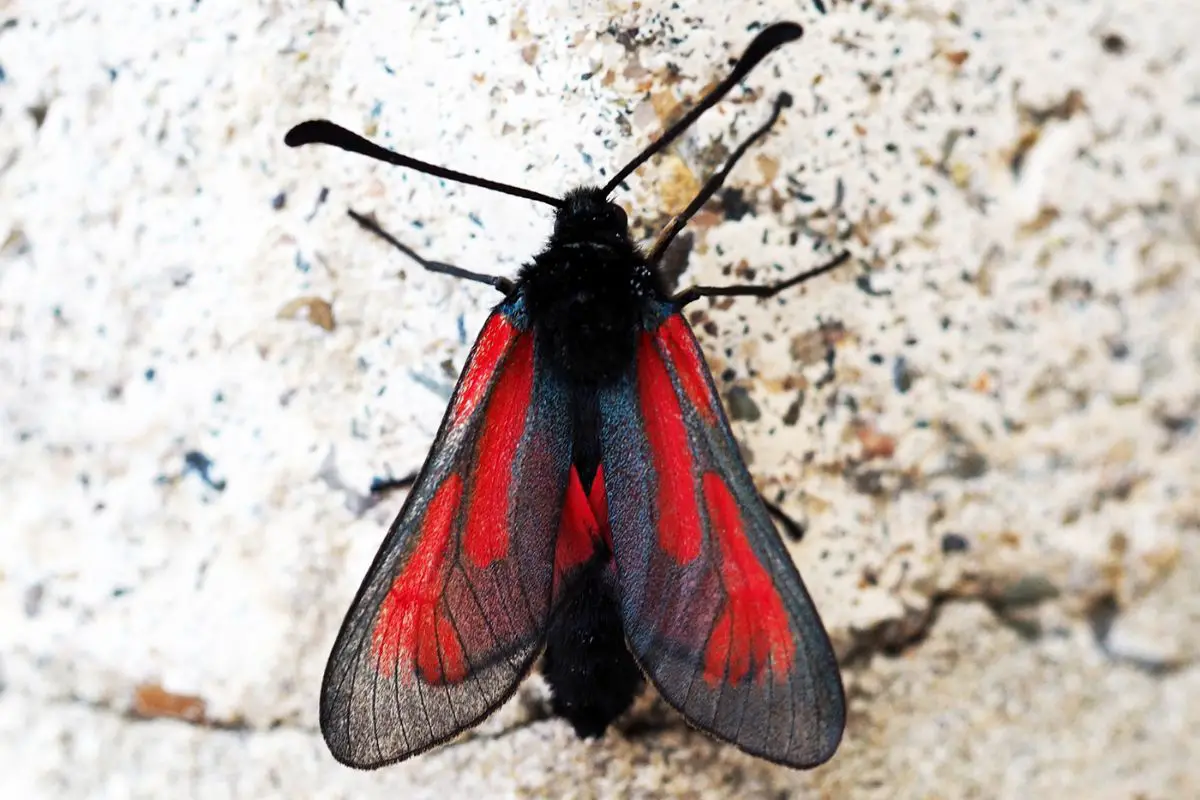
Considered an invasive species of moth, the vampire moth was originally discovered in Siberia but now lives in New Zealand, South America, Central Africa, and Australia. Vampire moths happily suck the juices of fruits when fruits are plentiful, but–beware! When males (not females) can’t find fruit, they resort to sucking human and animal blood.
Like mosquitoes, they’ll continue drinking blood until full or disturbed. The bite of the vampire moth won’t turn you into a vampire but can leave a painful bite mark that turns bright red.
Differences Between the Vampire Moth and Bats
Well, bats are bats and moths and moths, so there’s that. Vampire moths also lay eggs while megabats and microbats give birth to live young.
2. Dolphins

Due to a fascinating development called convergent evolution, dolphins and bats both use echolocation to find food and avoid predators. Convergent evolution occurs when two dissimilar organisms evolve similar adaptations to their environment. For example, koalas have fingerprints that are identical to human fingerprints.
While human fingerprints have evolved to improve our ability to hold, grasp, and perform fine motor tasks, koalas evolved human-like fingerprints to help them determine if what they are going to eat are eucalyptus leaves only. If you think toddlers are picky eaters, you’ve never raised a koala! Why do dolphins rely on echolocation to sense their environment?
Primarily to avoid being a shark’s next meal. Sunlight doesn’t reach water depths associated with dolphin activity. So, without a keen sense of sight or smell, dolphins had two choices 20 million years ago: go extinct or find a way to navigate dangerous murky waters.
Fortunately, dolphins have developed a lump of fluid and fatty tissue in front of their blowholes. This “melon” receives sound waves emitted by a dolphin’s nasal sacs. The melon then sends these sound waves into a dolphin’s environment at various frequencies.
When the sound waves bounce off objects, the melon “sees” the information provided by the sound waves.
Differences Between Dolphins and Bats
Actually, the only similarity between dolphins and bats is echolocation. The only animals known to use echolocation are bats, dolphins, whales, swiftlets, oilbirds, shrews, and maybe hedgehogs.
3. Hazel Dormouse
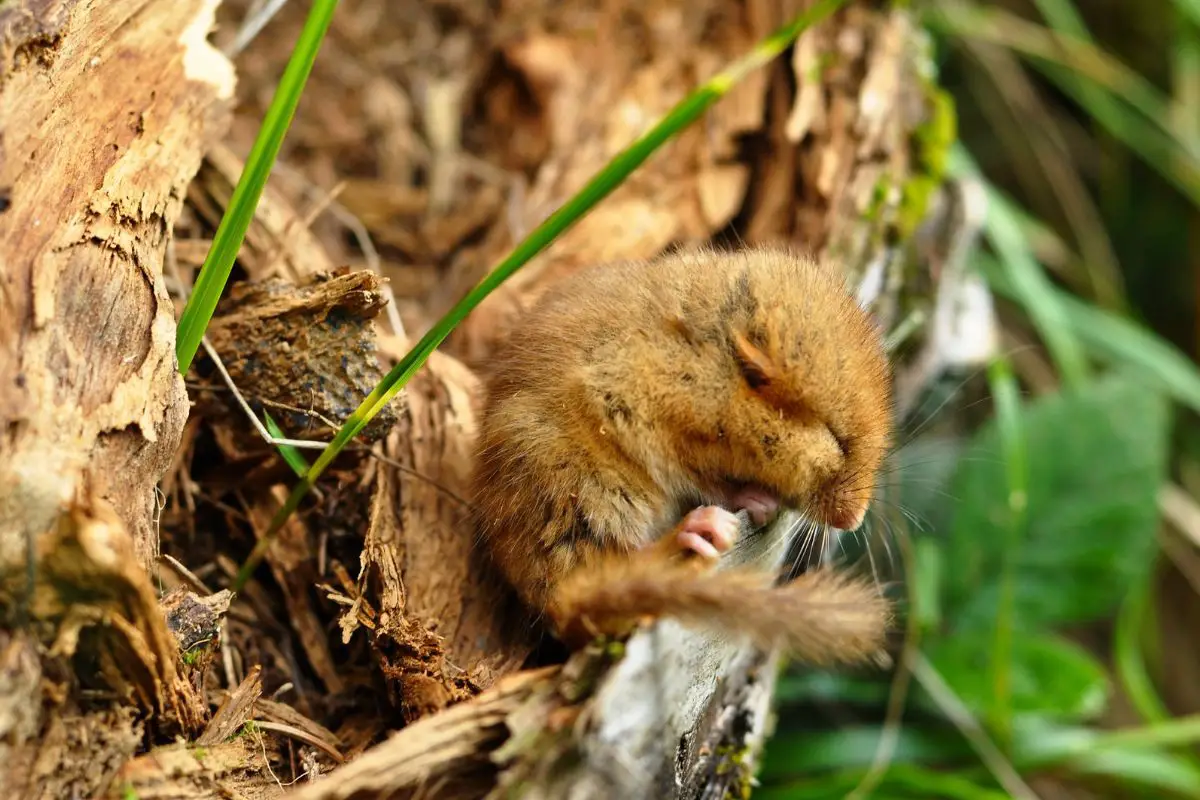
Found mostly in Asia Minor and Northern Europe, the Hazel Dormouse is nocturnal and spends a lot of waking time as high up in trees as possible. Less than four inches long, this little rodent instinctively understands that he’s got a lot of predators sniffing around that would love to make him their next meal. Like bats, the Hazel Dormouse loves to eat pollen, nectar, insects, and fruits, especially small berries.
Also, like bats, it’s a strictly nocturnal mammal that can lower metabolism in cold weather and semi-hibernate.
Differences Between the Hazel Dormouse and Bats
Bats can fly; Hazel Dormouses can’t fly. The main predators bats have to worry about are falcons, owls, falcons, hawks, and snakes. On the other hand, Hazel Dormouses have to worry about all large birds swooping down and snatching them up.
Other predates of Hazel Dormouses include cats, foxes, snakes, wild boars, weasels, and numerous hungry carnivores.
4. Vampire Ground Finch
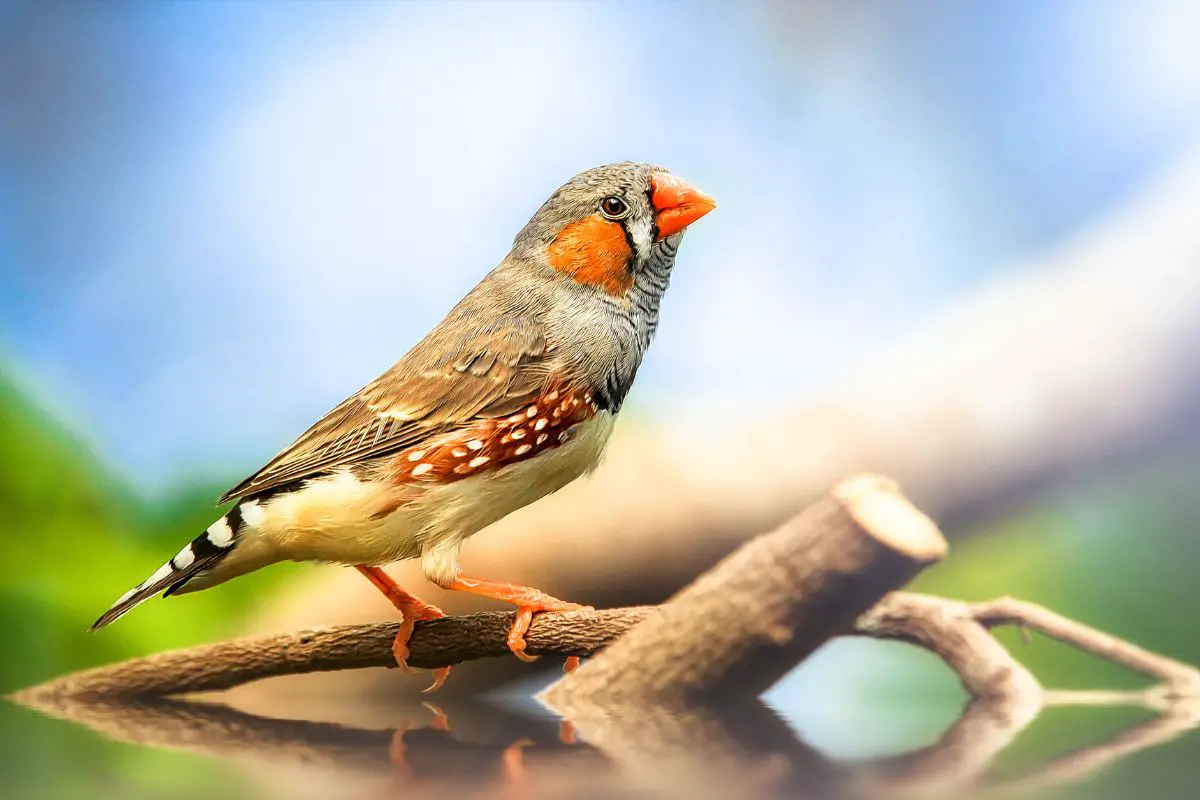
Found exclusively on the Galapagos Islands, the vampire ground finch normally eats seeds and crustaceans. During times when the vampire ground finch can’t find normal food, he finds a blue-footed booby and starts pecking at their skin–for the purpose of consuming their blood. The really weird thing about vampire ground finches craving blue-footed booby blood is that scientists have observed that the boobies don’t do anything when they are pecked!
They just let the finch keep pecking while going on with their lives. The theory behind this startling behavior is that ancestors of the vampire ground finch may have helpfully picked off mites and other parasites from boobies. Eventually, some hungry finch discovered they could clean blue-footed boobies and sneak in a meal at the same time!
Differences Between Vampire Ground Finches and Bats
Vampire ground finches have feathers and lay eggs. They can only be found on the Galapagos Islands, whereas bats are found in nearly all areas of the world.
5. Three-toed Sloth
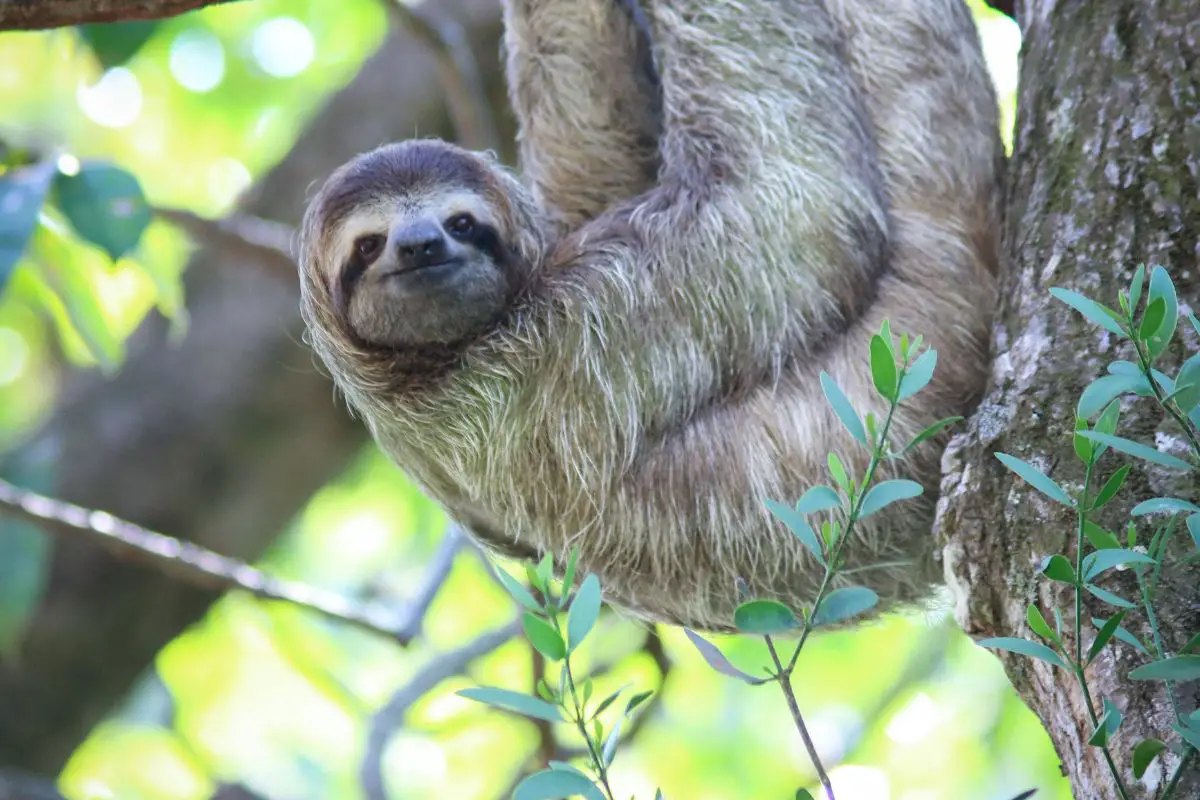
What in the world could a three-toed sloth and a bat have in common? If you’re ever lucky enough to spy a sloth in a South or Central American rainforest, it’s likely that the sloth will be hanging upside down in a tree–and moving very slowly or not at all. Sloths move sluggishly for good reason. +
Leaf eaters like sloths have notoriously slow metabolisms that yield little energy and take forever to digest plant material. Moving too quickly means sloths expend energy they don’t have and are always hungry. Also, hanging upside down like a big, hairy bat keeps them out of the way of ground predators.
Differences Between Sloths and Bats
Probably the most obvious difference is sloths can’t and don’t need to move much, while bats must either dart around quickly or find a safe place to roost. Bats have many predators. Sloths only have to worry about jaguars and harpy eagles.
Hanging upside down in trees 23 hours a day is a great way to rebuff these predators.
6. Oilbirds
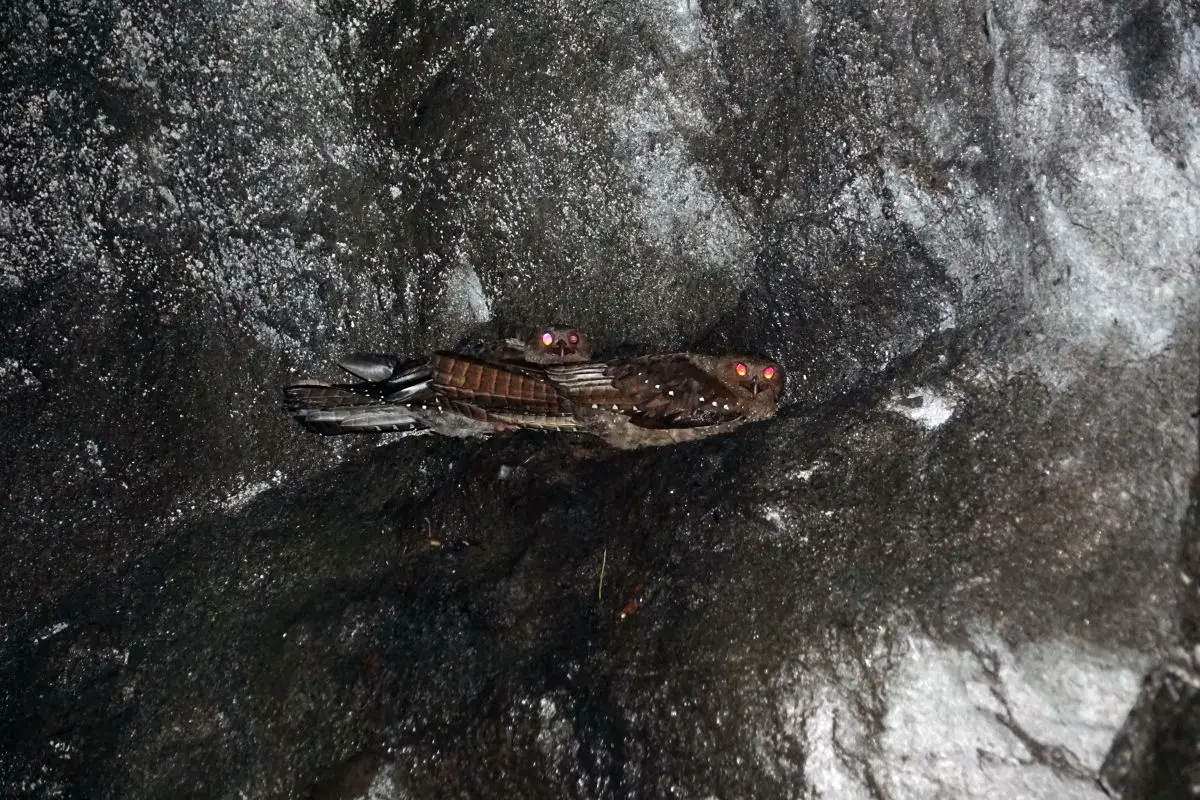
Like bats, oilbirds roost in caves in large colonies, eat mostly oil palms and fruits, and are strictly nocturnal animals. Oilbirds are also another example of convergent evolution involving echolocation. However, instead of emitting high-pitched sound waves, oilbirds make high-pitched clicks to locate objects in their environment.
Oilbirds live in warm areas where bats live–South America, Trinidad, and the Caribbean–and are the only known nocturnal, fruit-eating, flying birds.
Differences Between Bats and Oilbirds
Oilbirds are birds and bats are mammals. Birds share an evolutionary history with reptiles while bats share an evolutionary history with mammals. Also, megabats and microbats produce milk to nourish pups (baby bats) that are born alive. Birds lay eggs and bring food to their young.
7. Humans

Nearly all mammals (except monotremes) give birth to young that have attached umbilical cords. Bats are no exception. Therefore, bats have belly buttons just like humans do. Bats and most other mammal mothers simply chew or bite the umbilical cord to sever it from their baby’s body.
Differences Between Bats and Humans
- We can’t achieve sustained flight without attaching a mechanical device to our bodies.
- We don’t drink blood (unless you’re Dracula)
- We explore caves but we don’t hang upside down in them.
8. Geese
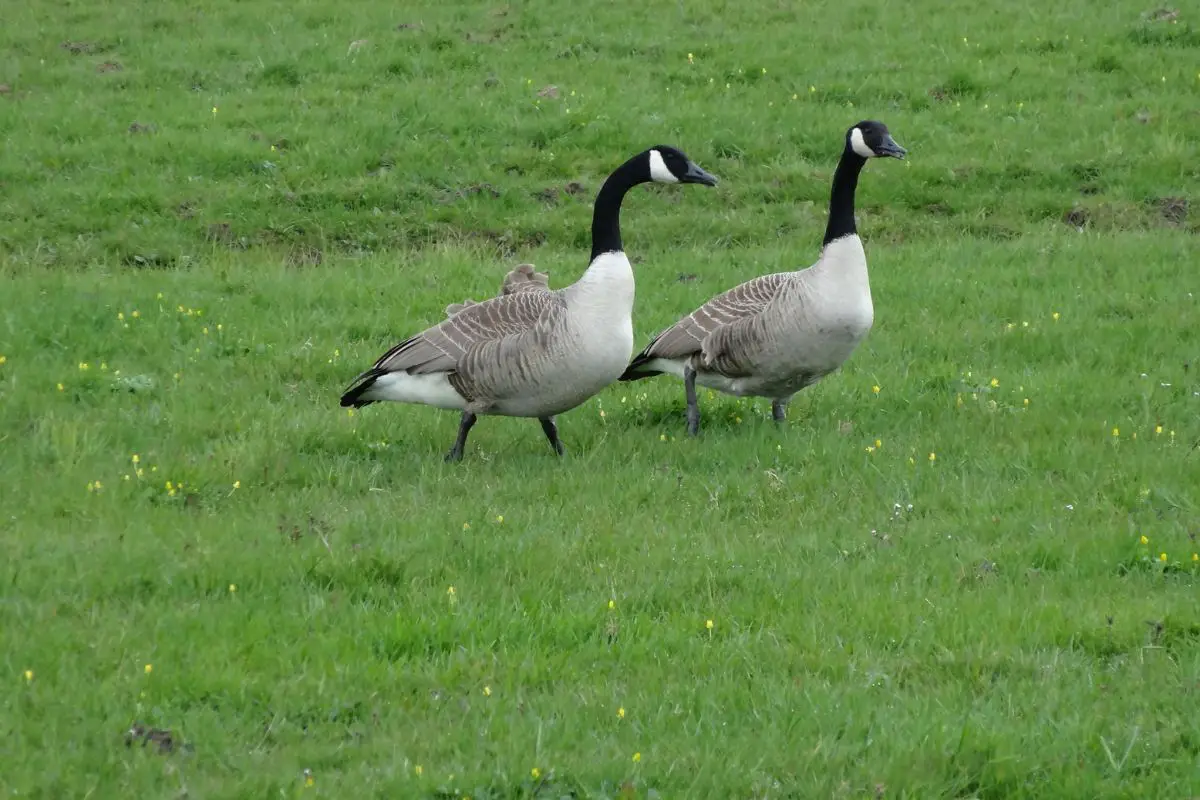
Ask someone to describe a goose in two words and they’ll likely answer “They honk!” Guess what? The male hammer-headed fruit bat honks like a goose to attract females.
In fact, these larger than normal bats can honk just as loud as geese due to their oversized larynx, lips, and rostrum (elongated snout). The largest bat found in Africa, hammer-headed fruit bats can weigh up to a pound and have wingspans reaching 38 inches in length.
Differences Between Bats and Geese
Geese are genuine birds that lay eggs that spend the majority of their life in water. However, wild geese are capable of sustained flight. Domesticated geese cannot fly.
9. Hummingbirds
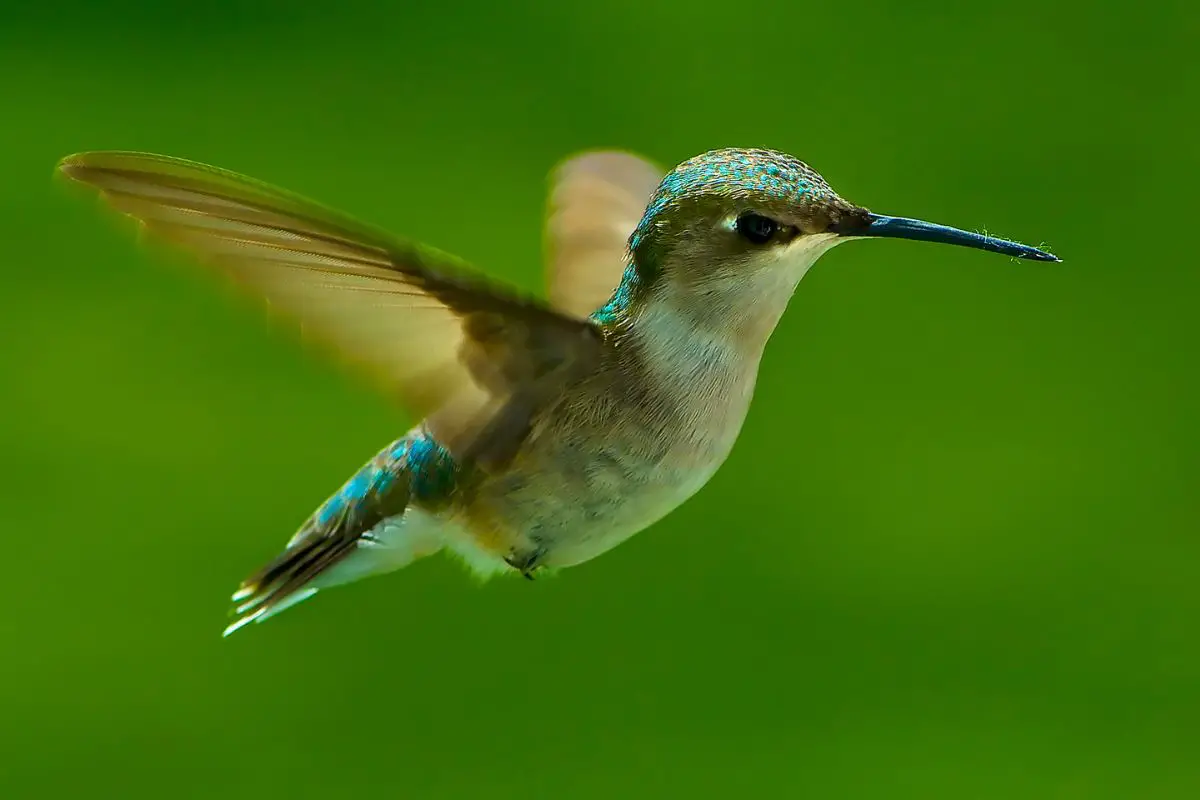
If you watch hummingbird activity around a hummingbird feeder long enough, you’re likely to see a hummingbird or two lean back slowly while perched until they are completely upside down. At first glance, you might even mistake a hummingbird for a small bat hanging upside down on a feeder. Why would any bird do that?
Hummingbirds require a lot of energy to be able to fly like miniature helicopters. When they need to conserve energy in cool temperatures, they enter a quasi-hibernating state called torpor. Hanging upside down on a feeder perch allows them to reduce their heart rate and respiration long enough to restore their energy.
However, if they happen to find a perch with a rough surface (a thin branch, for example), their claws are able to clamp down more securely than they could on a smooth perch. So, when you see a hummingbird hanging upside down on a feeder perch, his claws probably let him slip into an upside-down position as he became torpid.
Differences Between Bats and Hummingbirds
- Bats don’t lay eggs.
- Bats have negligible fur but no feathers.
10. Elephants
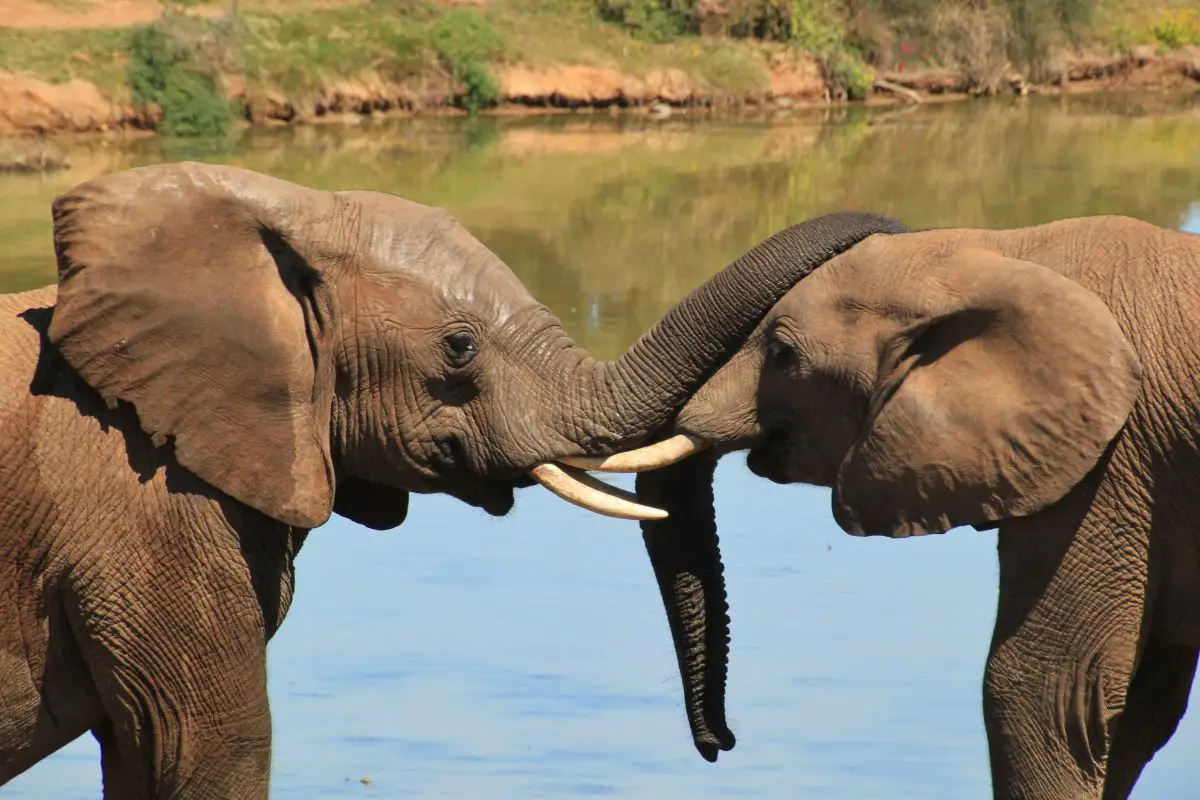
Like bats, elephants usually have only one baby when they give birth, for obvious reasons. A newborn elephant can weigh as much as 270 pounds and stand (on average) nearly three feet tall. In fact, a newborn elephant is the same size as a mature warthog or panda!
There have been reported cases of an elephant giving birth to twins but this is thought to happen in less than one percent of elephant births. Size is also the reason bats have only one pup at a time.
Differences Between Elephants and Bats
- Most bats weigh less than one or two pounds.
- Most elephants weigh between five and seven TONS.
- Elephants can’t fly (unless you’re Dumbo)
11. Cats
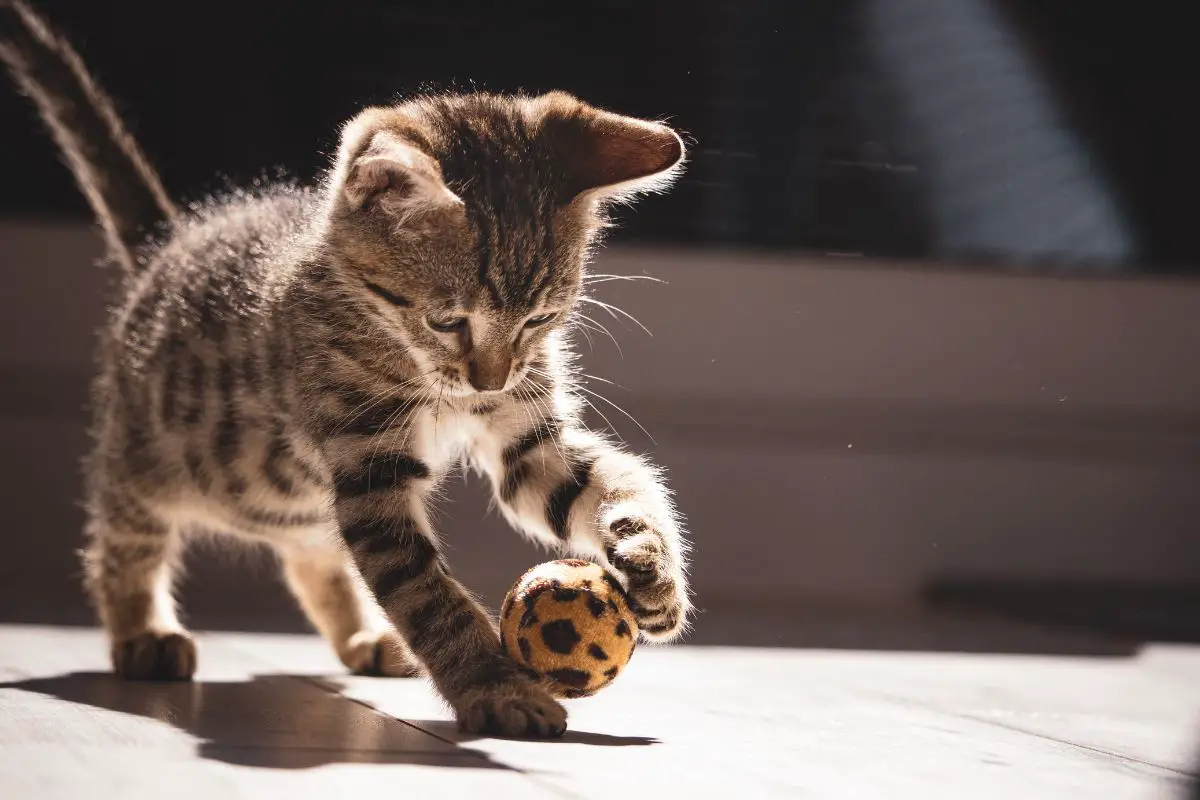
Bats spend a lot of time grooming themselves and it’s not for the purpose of attracting mates. It’s because their smooth fur and body warmth tend to attract parasites. Any cat owner will tell you that the only behavior cats spend more time indulging in than sleeping is grooming.
Like bats, cats lick themselves frequently to prevent parasites from becoming embedded in their fur and skin. Cats are also instinctively compelled to groom. Their saliva removes their “scent” and helps reduce the ability of predators to sniff them out for a tasty meal.
Differences Between Cats and Bats
Considering the fact that cats are mammals, give birth to live young, sometimes hang upside down just for the fun of it, and don’t mind a little blood mixed in with a meal, the few differences between the two animals is that cats don’t have wings and cats often have five or more kittens at the same time.
12. African Forest Elephant, Sumatran Rhino, Orangutan et al
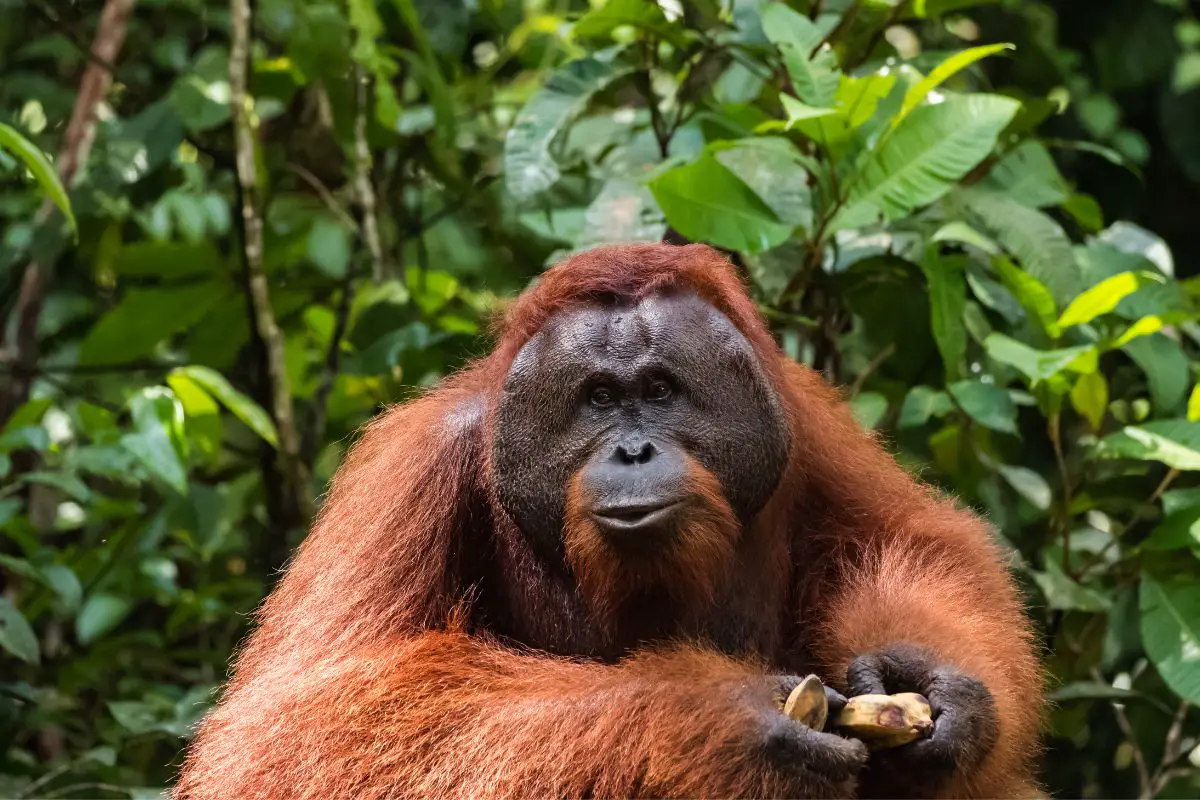
Like the gray bat, the Virginia big-eared bat, the Mexican long-nosed bat, and the Hawaiian hoary bat, the African forest elephant, rhino, orangutan, and many other mammals are on the critically endangered species list. All endangered animals share the same threats to their existence–habitat loss, disease, pesticide and insecticide contamination, and human poachers/hunters.
Differences Between Bats and Other Endangered Species
For nearly 20 years, a fungal disease called white-nose syndrome has been spreading rampantly across North America, killing and endangering millions of bats. Research shows that white-nose syndrome probably came from Europe and, since its introduction to North America, has contributed to the regional extinctions of several bat species. Only bats seem to be affected by white-nose syndrome.

